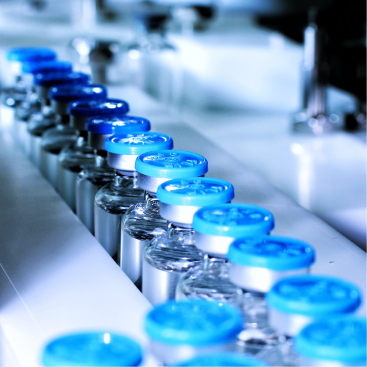Catalog
Learning Objectives:
Challenges in lipid-based drug delivery system
Methods of hydrophobic ion pairing (HIP)
Role of HIP in improving drug loading and minimizing precipitation, case studies using PROTAC class of molecules
About this item
Self-nanoemulsifying system is one of the simplest yet versatile drug delivery platforms for lipophilic drug molecules. In pursuit of developing molecules targeting “undruggable” proteins, the majority of novel class of anticancer molecules are poorly water-soluble molecules falling in Extended rule of 5 (ERo5) or Extended rule of 5 (BRo5) space. Poor drug loading in self-emulsifying preconcentrate and rapid precipitation in contact with aqueous milieu are the key factors limiting the translational potential of lipid-based system. The webinar will cover the current challenges in lipid-based drug delivery systems and role of hydrophobic ion pairing approach in enhancing the drug loading as well as minimizing precipitation in aqueous phase.
Learning Objectives:
- Challenges in lipid-based drug delivery system
- Methods of hydrophobic ion pairing (HIP)
- Role of HIP in improving drug loading and minimizing precipitation, case studies using PROTAC class of molecules
Speaker Information
Ketan Patel, Ph.D.
Ketan Patel, PhD is an Associate Professor of Pharmaceutical sciences at St. John’s University, NY. He holds a Ph.D. in Pharmaceutics from the Institute of Chemical Technology, Mumbai, India. He was awarded AICTE and UGC-Special Assistance Programme fellowships for securing 1st rank in India in the Graduate Aptitude Test in Engineering (GATE) in 2007 and the Institute of Chemical Technology PhD entrance exam in 2009, respectively. Dr. Patel has authored over 100 research papers and book chapters on formulation development, characterization and in vivo testing – pharmacokinetic and efficacy, for the delivery of poorly bioavailable drug molecules. He received multiple NIH grants for development of tumor specific formulations of Proteolysis Targeting Chimera for the treatment of drug resistant melanoma and lung cancer. He has presented/delivered several talks at national and international meetings demonstrating application of formulation technologies like lipid based nanoformulation, nanosuspension, and 3D printing. He has mentored over 15 PhDs and MS students in the department of pharmaceutical sciences.
